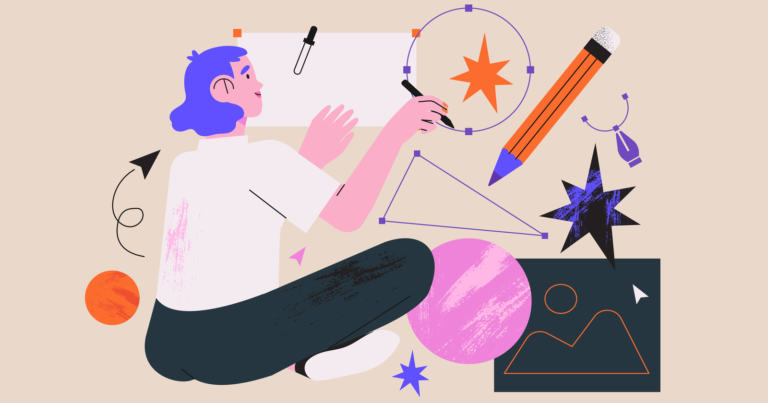There is a concept known as retail therapy, which is rooted in the idea that shopping can be used to make individuals feel better. The term itself is employed in a number of ways, most often being shared when a person’s mood needs lifting, with the activity of shopping being a panacea for sadness. While retail therapy is considered to be rooted in humour or, at the very least, not a true form of therapy, there are ways in which the act of shopping and the experience of retail spaces can benefit individuals.
To begin with, we should consider the potential stressors of a retail space. Shopping can, depending on a shop’s design or busyness, be a potentially negative and stressful experience. There is the butt brush effect that describes a customer’s increased inclination to leave a space if they make unexpected or unwarranted physical contact with a stranger. This phenomenon has been observed in both men and women, with individuals being more likely to leave an area or even an entire shop if they are brushed against from behind by another customer.
The existence of this effect not only suggests ways in which retailers can fall short in the shop design but also the potential for positively affecting and more comfortable interiors that support a pleasant shopping experience.
Orientation is another important factor for individuals who are shopping. Being unable to easily navigate through a shop space or find a desired product can lead to customers becoming frustrated. This is why shop spaces must be designed in such a way that customers, especially those entering a space for the first time, are able to orient themselves and move through a shop space intuitively.
With such factors in mind, retailers should endeavour to design spaces that are both functional and comfortable, fine-tuning all elements of an interior, from the position of signage and displays to the aesthetic details of shelving and screw head covers. This can be done in a number of ways and even to transform a retail space into one that promotes wellness, encouraging customers to shop with the intention of feeling better.
For example, space can be made within a shop that is dedicated to respite, with seating offering a space to relax away from the bustle of other shoppers. By offering such a space, while accepting that products will occupy less real estate on a shop floor, customers will be encouraged to take their time when shopping, increasing their comfort and browsing for longer.
Senses should also be scrutinised when designing a shop space, with music and colour being significant influences on the positive impression a customer has upon a space. It is often said that upbeat or fast-paced music can stimulate shoppers, energising them to spend a greater amount of money. However, further research has demonstrated that, actually, customers are more likely to feel stressed when in an energetic environment and spend both less time and money on the premises.
So, while retail therapy might not be a medical truth, there is a lot to be said for creating a pleasant and positive space within which to shop. Retail spaces can make customers feel good and, those that do, tend to see a greater profit.


Comments are closed.